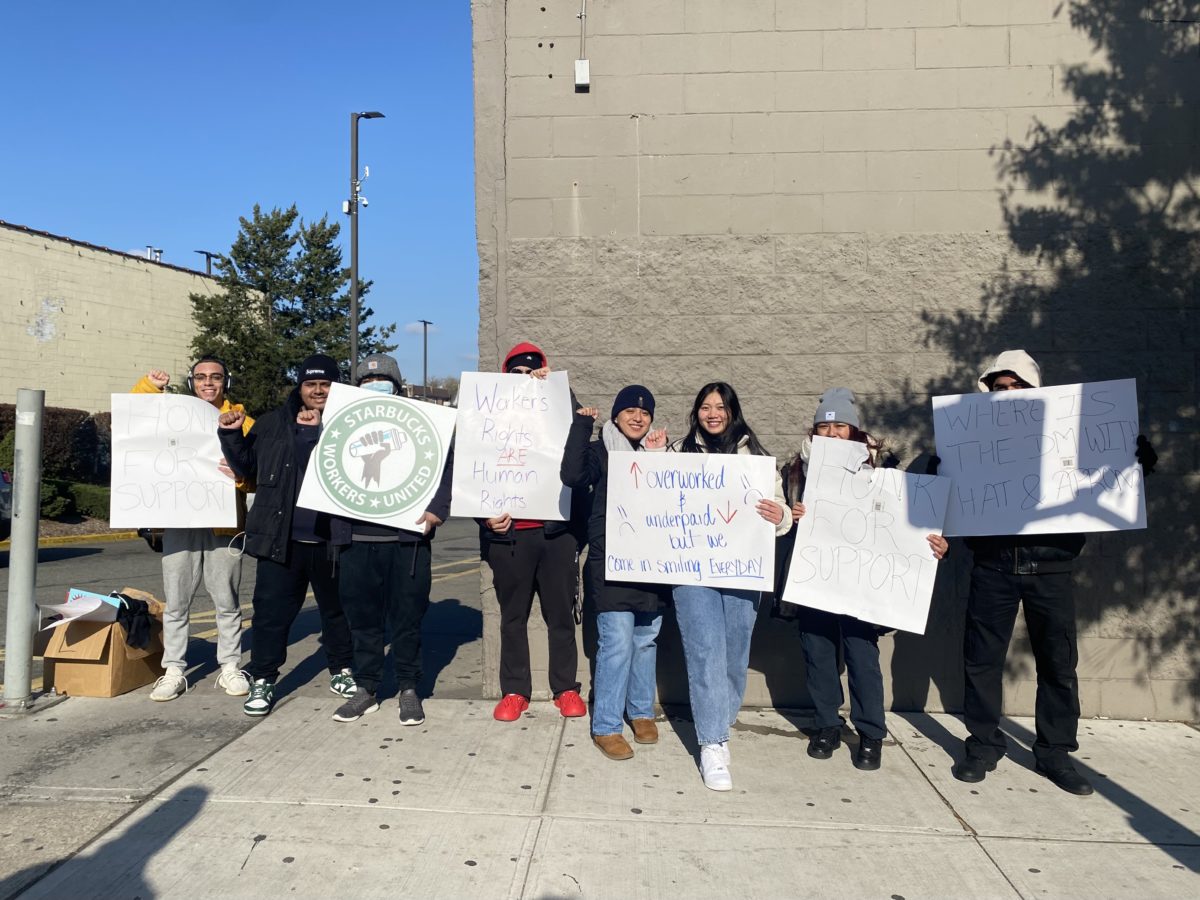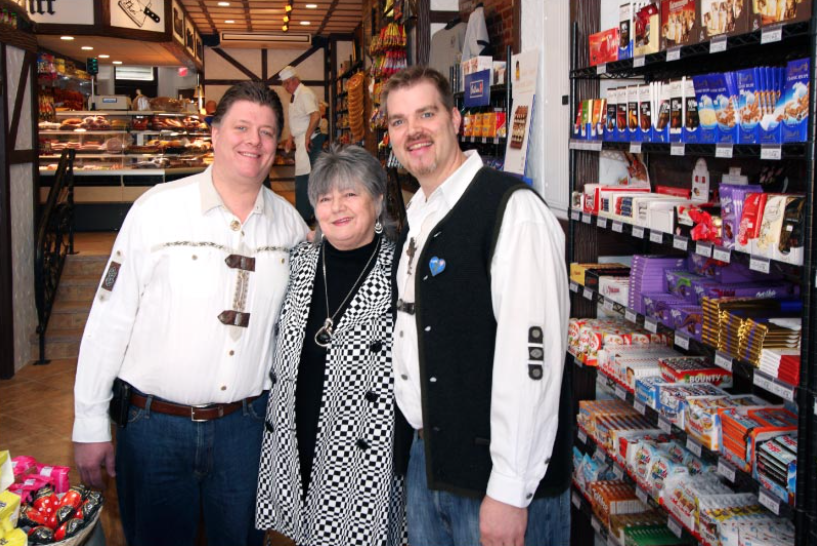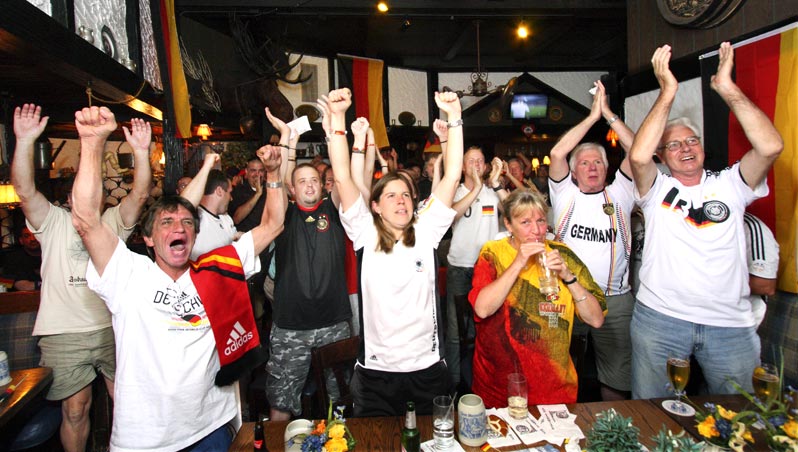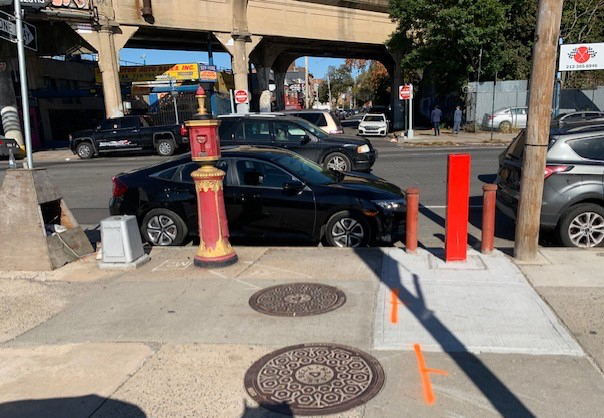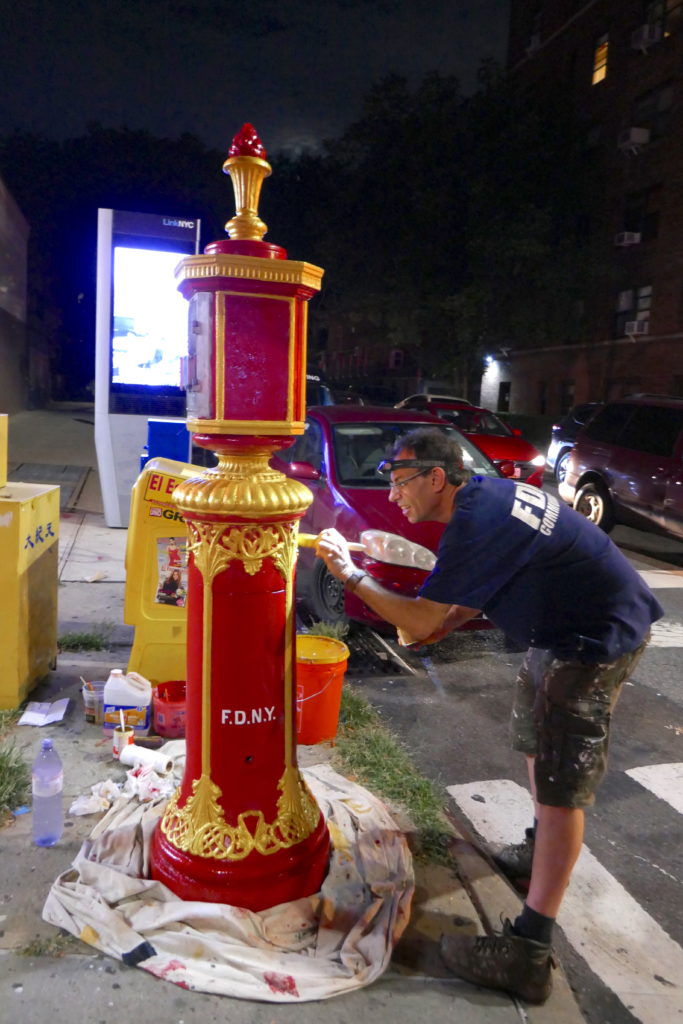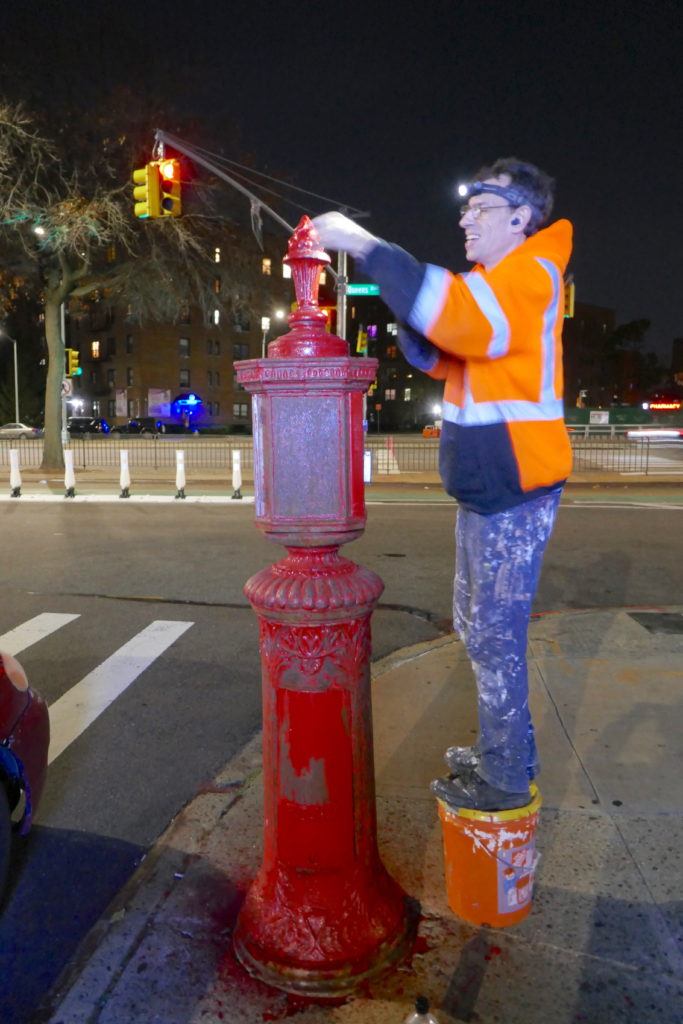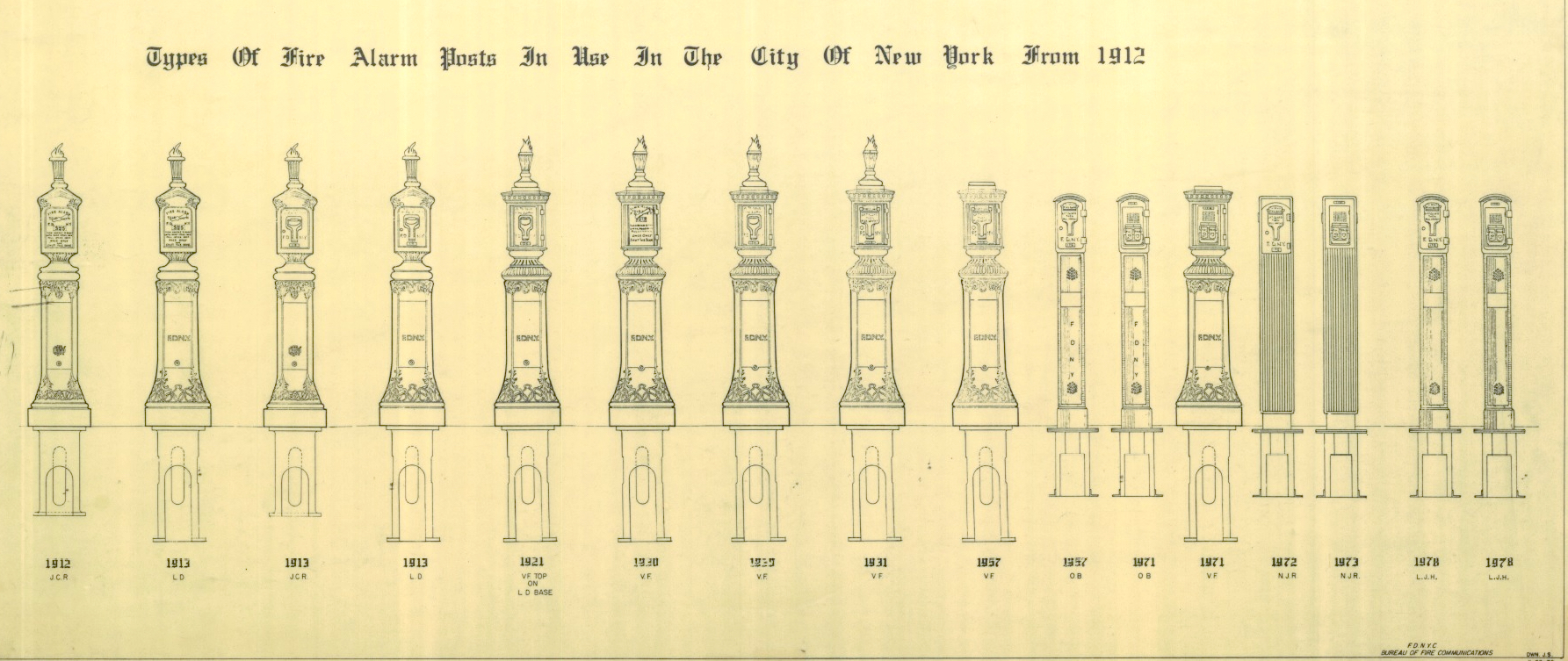Maspeth Starbucks files for union
Employees participate in national strike
By Jessica Meditz
jmeditz@queensledger.com
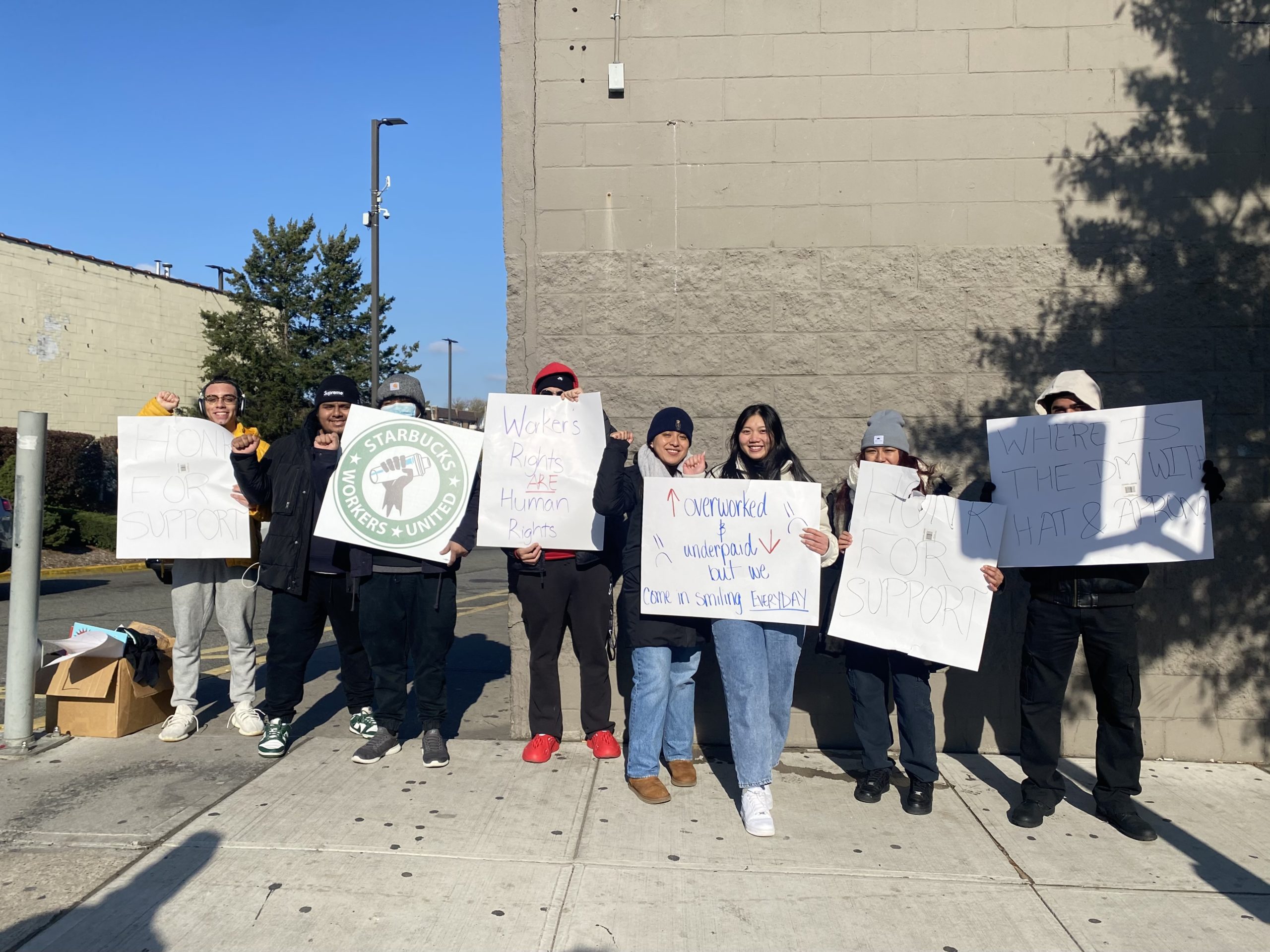
Employees of Starbucks’ Maspeth location participated in a strike outside the store.
Maspeth’s only Starbucks store, located inside the Shops at Grand Avenue, has become the third one in Queens to file for a union election with Workers United NY/NJ, the independent union representative of Starbucks Workers United.
Fifteen of the location’s 16 employees signed union cards, as well as penned a letter to Starbucks’ president and CEO, Howard Schultz. In their efforts, they join fellow workers from 30-18 Astoria Blvd. and 22-28 31st St. in Astoria as Queens locations to unionize.
In their letter, the employees claim they have experienced mistreatment from managers and district managers, that they are understaffed, underpaid and not given enough hours to work.
“Concerns have been voiced over and over again during our time with Starbucks. However, no changes have been made whatsoever, which is why we have decided that unionizing is our best and only option at this point,” the letter said. “We are the ones who run your stores, we are the ones that do our best to treat the customers with kindness and warmth, and we are the ones who can make your sales happen, yet we are being treated as if we are not the ones who are the reason this company still stands along with your customers.”
Last Thursday, Nov. 17, employees of the Maspeth Starbucks store joined fellow Starbucks workers within Queens, Brooklyn, Manhattan and Long Island, as well as over 110 locations across the country, in Red Cup Rebellion, a national unfair labor practice (ULP) strike.
The strike took place on the same day the company gave out red cups with the purchase of any seasonal drink, and called on Starbucks to “begin bargaining in good faith and fully staff all stores.”
Employees of the store gathered outside at 7 a.m. to demonstrate, and handed out Starbucks Workers United branded cups to passersby.
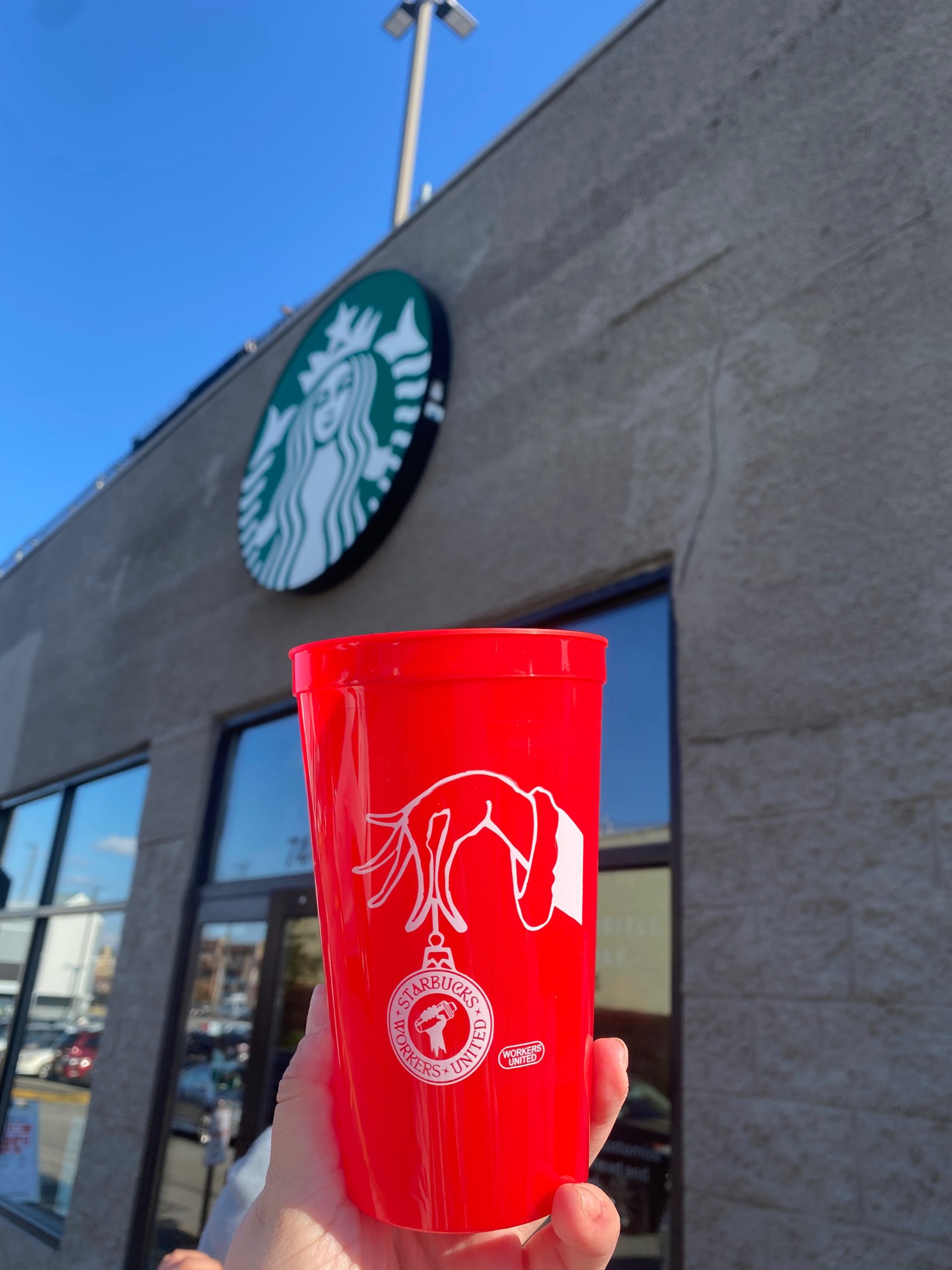
Employees of the Maspeth Starbucks participated in a strike outside the store on Red Cup Day, giving out Starbucks Workers United cups.
“I think the most important thing that motivated people to be here today in this weather was the misbehavior from our district manager. She is very manipulative and has always been condescending to her staff,” an employee named Azim, who requested his last name be omitted, said.
“This is not the feeling in just this store. If you go to any of the Starbucks in this district, I think everybody would resonate with that.”
Azim has worked at the Maspeth Starbucks for three years, and has been with the company for a total of seven.
He added that people’s schedules often get rejected, and folks aren’t working enough hours to pay their bills, and that the store is quite short-staffed, with claims that there are sometimes just two employees working the floor during the busiest rush.
Another employee, Kelly, who also requested her last name be omitted, said that being located across the street from Maspeth High School causes the busy rush hour in the morning, making the job much more difficult while being short-staffed.
“We should not be told by DMs that we should move up in the company for more money if that is what we need, that we need to motivate partners not to call out or pick up more shifts than scheduled, and proceed to compare our work with other fast food workers,” the employees said in the letter to Schultz. “We should not be told that our pay is more than enough compared to others when at the end of the day, we are still at only a dollar and change above minimum wage.”
Starbucks did not respond to a request for comment with regard to the Maspeth location.
Back in April, Starbucks’ Reserve Roastery located at 61 Ninth Avenue in Chelsea, Manhattan, won their union election, becoming the first flagship store to unionize with Starbucks Workers United/Workers United.
The location has been striking for over 20 days after the company failed to provide information regarding confirmed reports of bed bugs at the store and to set a bargaining date to have workers’ needs met.
According to data from More Perfect Union Action, a registered District of Columbia 501(c)(4) social welfare organization, workers at 345 Starbucks stores in 39 states have filed to unionize.
Those workers follow in the footsteps of employees of Starbucks in Buffalo, N.Y., whose Elmwood Ave. location made history as the first unionized Starbucks location in the country.
Starbucks employees are demanding that the company meet with them to improve standards in staffing and scheduling, along with other bargaining proposals, such as for workers to have the ability to wear union gear on the clock, no dress codes, and a commitment to non-discrimination.


